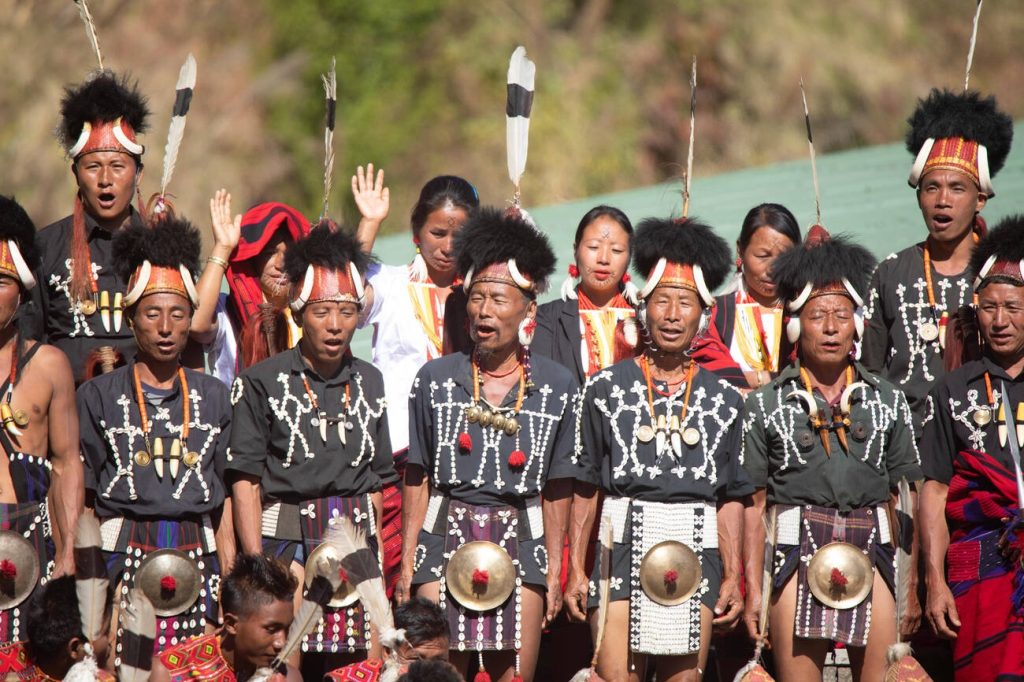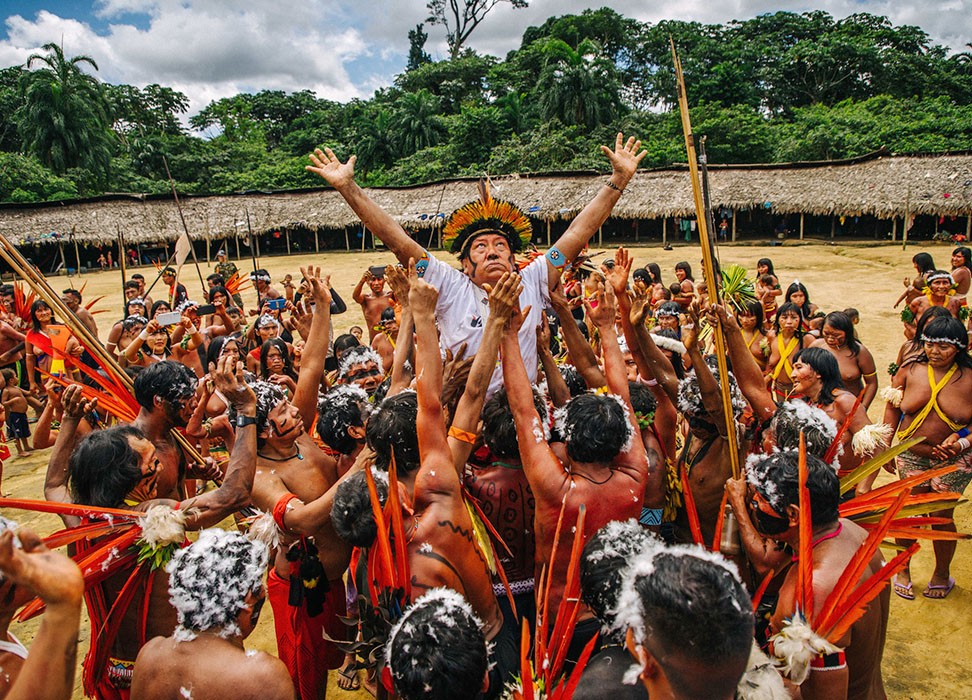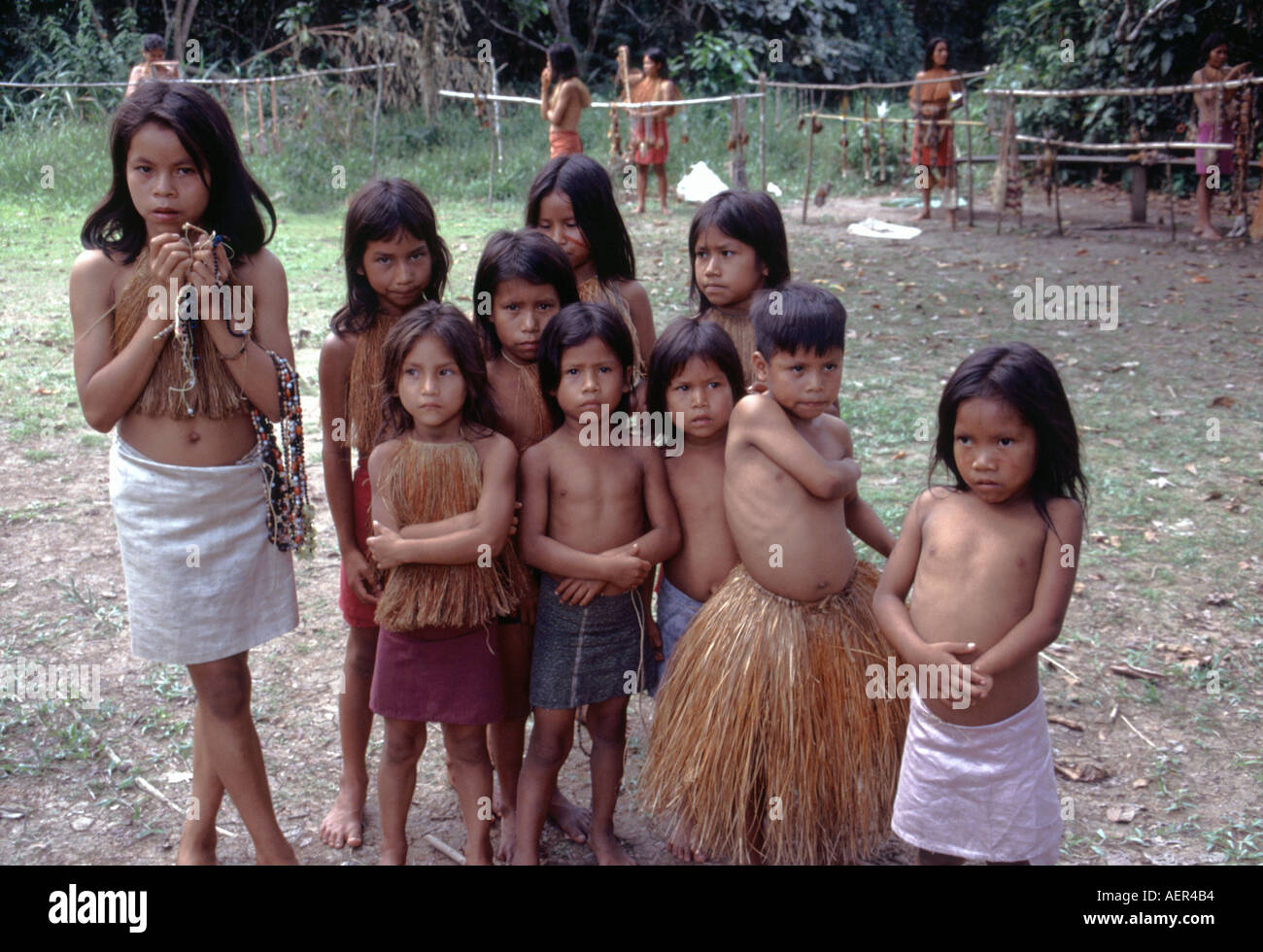Beyond the Amazon: Unveiling the Rich Tapestry of South America’s Indigenous Tribes
Beyond the Amazon: Unveiling the Rich Tapestry of South America’s Indigenous Tribes

South America. Just the name conjures up images of lush rainforests, towering mountains, and ancient civilizations. But beyond the iconic landscapes lies a treasure trove of human history – the vibrant cultures of indigenous tribes who have called this land home for millennia. These communities, often overlooked in the grand narrative of the continent, hold the key to understanding South America’s past, present, and future.
This article dives deep into the fascinating world of South America’s indigenous tribes, exploring their diverse traditions, languages, and struggles. We’ll go beyond the romanticized depictions and delve into the realities of their lives, highlighting their resilience, creativity, and the ongoing fight for their rights and recognition.
Related Articles: Beyond the Amazon: Unveiling the Rich Tapestry of South America’s Indigenous Tribes
- Discover the Lost History of New York's Native Tribes
- Unveiling the Tapestry of Native American Tribes: A Journey of Discovery
- Beyond The Bingo Halls: Exploring Oklahoma’s Vibrant Reservations
- Is Lake Elsinore Home To An Indian Reservation? Unpacking The Myths And Realities
- Uncover the Hidden Gems of the Rosebud Indian Reservation
A Tapestry Woven with Diversity
South America is home to a staggering number of indigenous tribes, each with its own unique story. From the Amazon Basin to the Andes Mountains, the Atacama Desert to the Patagonian plains, these communities have adapted to diverse environments, developing distinct cultures and ways of life.
The Amazon: A World of Wonder
The Amazon rainforest, the world’s largest, is a haven for biodiversity and a cradle for countless indigenous cultures. Here, tribes like the Yanomami, the Kayapo, and the Ashaninka have lived for centuries, maintaining a deep connection with the forest. They rely on its bounty for sustenance, medicine, and spiritual inspiration.
The Yanomami, known for their intricate body adornments and communal living, have fiercely defended their territory against encroaching outsiders. The Kayapo, renowned for their vibrant feather headdresses and elaborate rituals, have become vocal advocates for environmental protection. The Ashaninka, skilled hunters and gatherers, are fighting to preserve their traditional knowledge and land rights.
Beyond the Amazon: A Mosaic of Cultures
South America’s indigenous tapestry extends far beyond the Amazon. In the Andes, the Quechua and Aymara peoples have thrived for centuries, cultivating the high plains and leaving behind a legacy of impressive architecture and intricate weaving traditions.
The Mapuche, who inhabit the southern regions of Chile and Argentina, are known for their fierce resistance to colonial rule and their deep connection to the land. They have fought for their rights for generations, maintaining their language and cultural practices despite centuries of oppression.

The Challenges They Face
While South America’s indigenous tribes are a testament to human resilience and cultural richness, they face a multitude of challenges in the modern world.
Land Rights and Displacement: One of the most pressing issues is the loss of land and territory due to deforestation, mining, and agricultural expansion. Many tribes have been forcibly displaced from their ancestral lands, leaving them vulnerable and dispossessed.
Cultural Assimilation: The pressure to assimilate into dominant cultures has led to the erosion of indigenous languages, traditions, and knowledge systems. This cultural homogenization threatens the very fabric of indigenous identities.
Health and Poverty: Indigenous communities often face disproportionate rates of poverty, malnutrition, and disease. Lack of access to healthcare, education, and economic opportunities perpetuates these inequalities.

Environmental Degradation: The destruction of their traditional environments, coupled with the effects of climate change, poses a significant threat to indigenous livelihoods and cultural survival.
Fighting for Their Future
Despite these challenges, South America’s indigenous tribes are fighting back. They are organizing, raising awareness, and advocating for their rights through legal means, community activism, and international partnerships.
The Role of Education and Awareness
Understanding the struggles and achievements of South America’s indigenous tribes is crucial for fostering respect, promoting social justice, and ensuring their continued existence. Education plays a vital role in this process. By learning about their history, culture, and current realities, we can challenge prejudice, dismantle stereotypes, and empower indigenous communities to shape their own futures.

Preserving Cultural Heritage
The preservation of indigenous languages and traditions is essential for maintaining cultural diversity and safeguarding the knowledge accumulated over generations. This includes supporting indigenous education initiatives, promoting language revitalization programs, and recognizing the value of traditional knowledge systems in fields like medicine, agriculture, and environmental conservation.
Supporting Sustainable Development
Sustainable development models that prioritize indigenous rights and knowledge are crucial for ensuring the long-term well-being of both indigenous communities and the environment. This involves promoting participatory decision-making processes, respecting land rights, and supporting indigenous-led initiatives for sustainable resource management.
A Call to Action
The future of South America’s indigenous tribes hinges on our collective commitment to recognizing their rights, respecting their cultures, and supporting their resilience. By amplifying their voices, challenging injustice, and promoting sustainable practices, we can contribute to a future where indigenous communities thrive and their rich cultural heritage continues to flourish.
FAQ about South American Indigenous Tribes
Q: How many indigenous tribes are there in South America?
A: It’s difficult to give an exact number, as there is ongoing debate about what constitutes a distinct tribe. Estimates range from hundreds to over 400.
Q: What are the main challenges facing indigenous tribes in South America?
A: Indigenous communities face a complex set of challenges, including land dispossession, cultural assimilation, poverty, health disparities, and environmental degradation.
Q: How can I support South American indigenous tribes?
A: You can support indigenous communities by learning about their cultures and struggles, donating to organizations working on their behalf, advocating for their rights, and purchasing products made by indigenous artisans.
Q: What are some examples of indigenous languages spoken in South America?
A: South America is home to a vast linguistic diversity. Some prominent indigenous languages include Quechua, Aymara, Mapudungun, Guaraní, and numerous Amazonian languages.
Q: How can I learn more about South American indigenous tribes?
A: You can find information through books, documentaries, online resources, and by visiting museums and cultural centers dedicated to indigenous cultures. You can also connect with indigenous organizations and support their initiatives.
Conclusion
The tapestry of South America’s indigenous tribes is a testament to the resilience, creativity, and diversity of human culture. By embracing their stories, understanding their struggles, and supporting their rights, we can contribute to a future where their rich heritage continues to thrive.

Closure
Thus, we hope this article has provided valuable insights into Beyond the Amazon: Unveiling the Rich Tapestry of South America’s Indigenous Tribes. We appreciate your attention to our article. See you in our next article!

